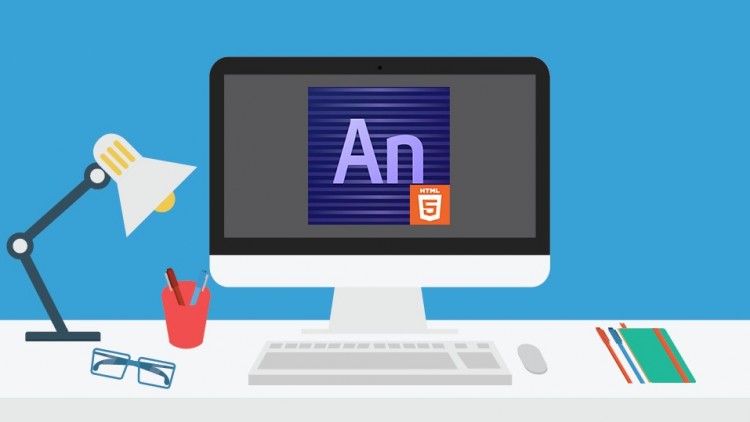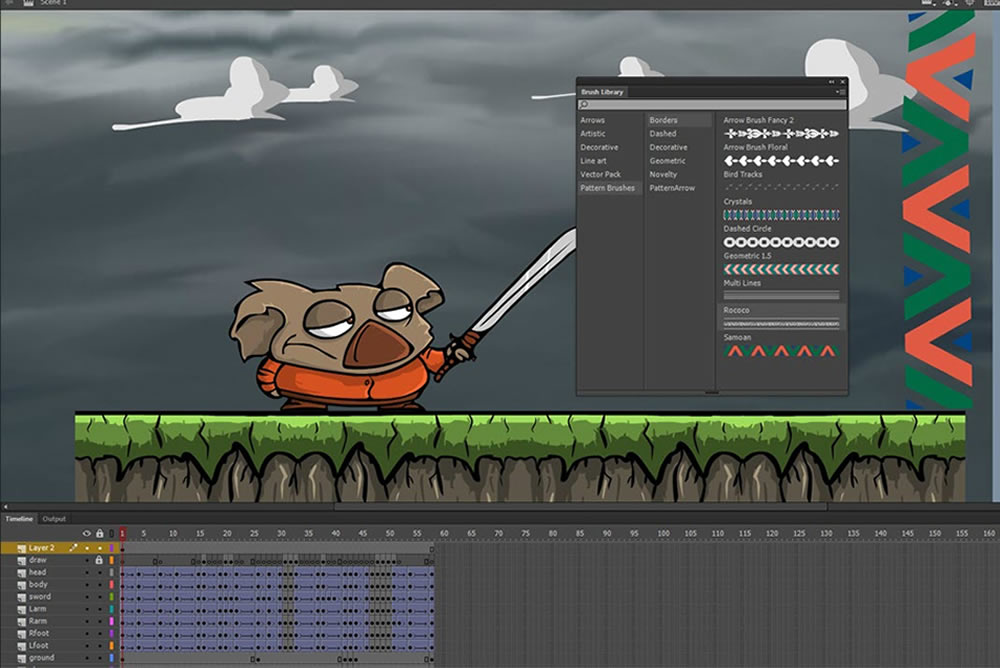

HTML5 ADOBE ANIMATE MOVIE
Relationships between nested movie clips are hierarchical: modifications made to the parent affect the child. These features when used appropriately can facilitate a highly efficient and flexible ad creation workflow. Save the template in the same folder that you retrieved it from. Adobe Animate provides powerful features for HTML5 ad builders. Note: this describes the usage of external non Adform related systems and please check respective documentation for most up to date information.Īdding a clickTAG to Adobe Animate CC banner consists of these steps:ġ. When a movie clip is created inside a Animate document, or nested inside another movie clip, it becomes a child of that document or movie clip, which becomes the parent. For the most-up-to-date information on creating HTML 5 ads with Adobe Animate, visit Creating an HTML 5 expandable banner Ad for Google Double Click on our Adobe HelpX pages. Tip: Use Adform‘s HTML5 Studio to automatically add required scripts and to auto apply main clickTAG. In order to make such banners be compatible with Adform system creative should follow specifications below. I really appreciate anyone taking time to answer.Adobe Animate CC lets web designers create interactive HTML animations for web, digital publishing, rich media advertising and more, reaching both desktop and mobile with ease. In the Actions panel (Window > Actions), go to the Actions toolbox on the left, and select an action or method that requires a target path. Sorry to appear so ignorant but…well there you go. Adobe Animate CC lets web designers create interactive HTML animations for web, digital publishing, rich media advertising and more, reaching both desktop. Select the movie clip, frame, or button instance to which you want to assign the action. How is the initial load calculated? So does the entire image folder count towards the banner size? Is there a more “dynamic” way to basically create a polite load banner? Loading images as needed into a “empty movie clip”Īlso, optimizing the images confuses me now since they are exported into a sprite sheet. So far I have just resorted to the age old practice of sending the playhead to a label after a button click: this.btn_1.addEventListener("click", fl_ClickToGoToAndPlayFromFrame_4.bind(this)) įunction fl_ClickToGoToAndPlayFromFrame_4()

This was the closest information I could find online:Īnd still can’t get it to work. How is this done though HTML5 canvas now? In the days of old, When I made a rich media banner in flash, I’d have the initial swf that loaded the max file size for the banner (40k) and then upon interaction, load and unload external swfs or add elements from the library. May I have (or be directed to) step by step instructions for adding the published files from Adobe Animate HTML5 Canvas (HTML, Javascript, Images folder. So I have a couple of general questions that I hope this group can help answer.


1)Sound and interaction (clicking, typing, etc.) have not been working. The fact that I am relearning all the HTML I forgot doesn’t help 2) Convert the flash vid to html5 in animate There have been a couple problems, however. This makes my transitioning needlessly confusing. I’m an old sudden-newbie attempting to make the transition from Flash to Adobe Animate CC and learning about exporting my banner animations to HTML5 Canvas but it seems like the “industry” is in flux and Animate CC now caters to both Flash Users and HTML5 so I’m finding a lot of conflicting tutorials and advice.


 0 kommentar(er)
0 kommentar(er)
